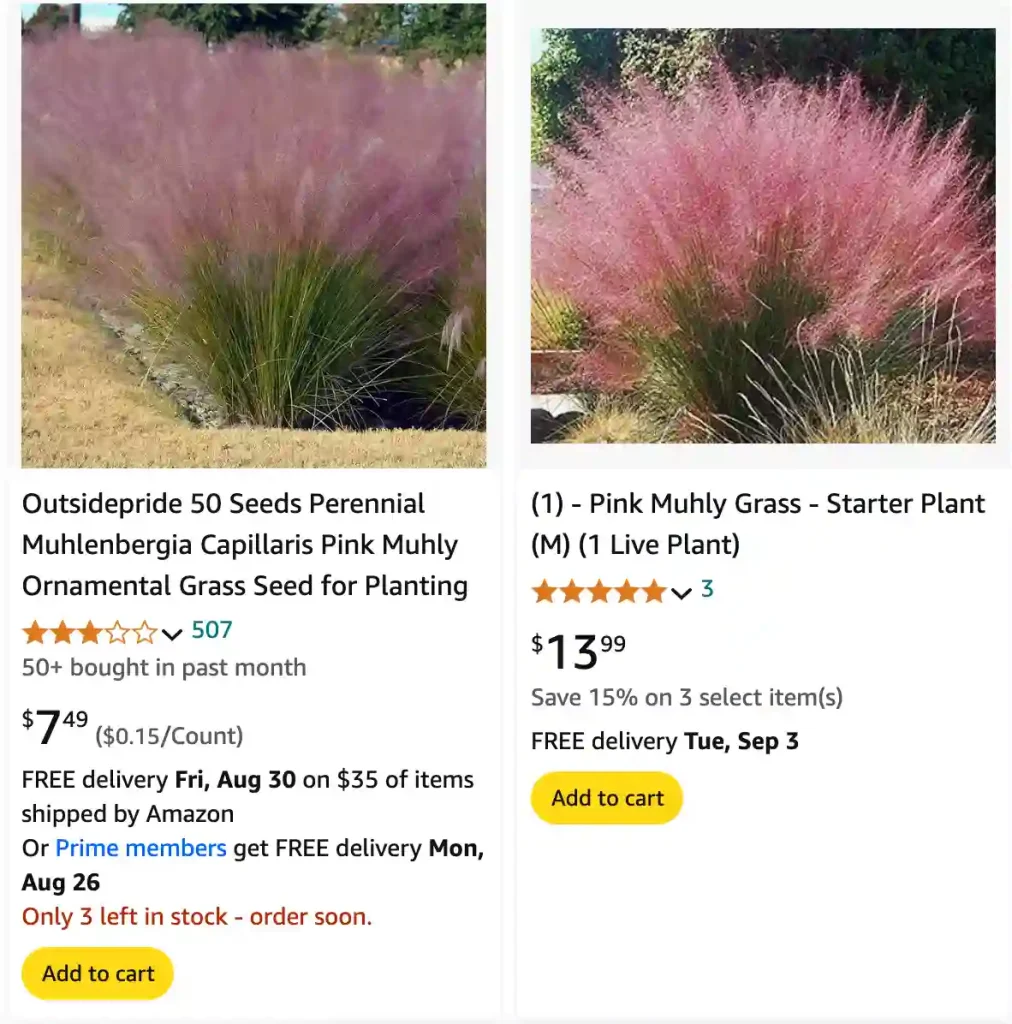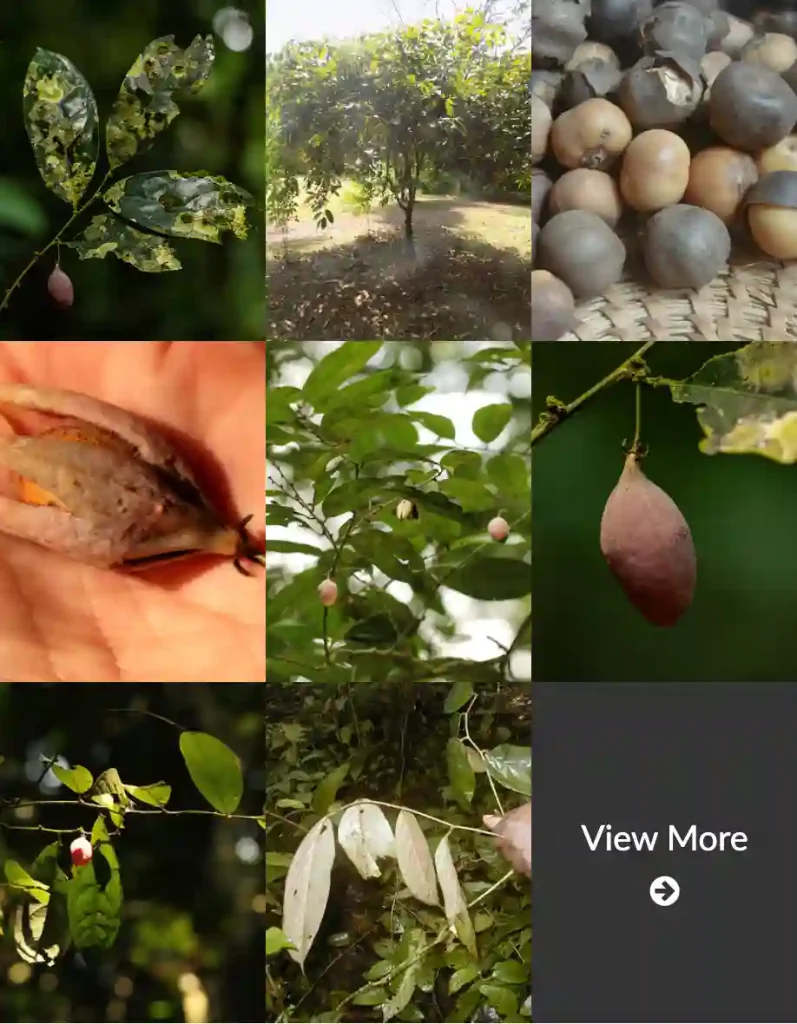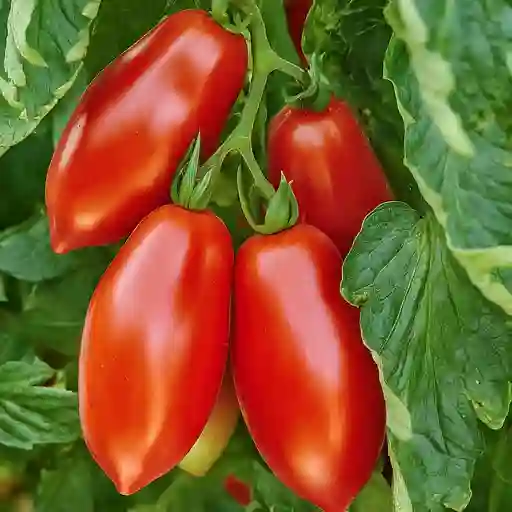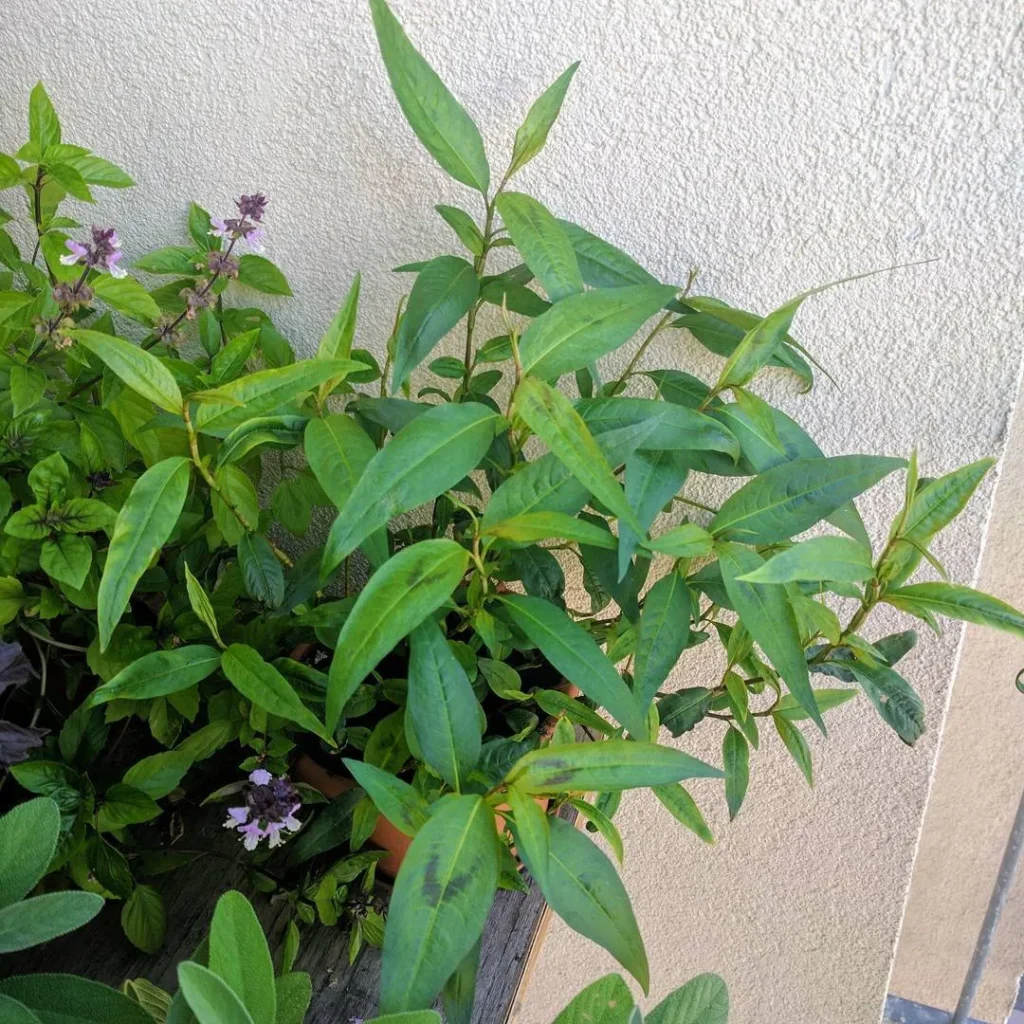
FAQs About Pink Muhly Grass
As a plant enthusiast, I’ve always been drawn to the unique and captivating beauty of Pink Muhly Grass. The way it sways in the breeze, with its feathery pink plumes, adds a touch of whimsy and elegance to any garden. Over the years, I’ve had many people ask me questions about this stunning plant, so I’ve compiled a list of frequently asked questions to help others enjoy Pink Muhly Grass as much as I do.
176 Species in Genus Muhlenbergia
What is Pink Muhly Grass?
Pink Muhly Grass (Muhlenbergia Capillaris) is a native ornamental grass that is widely appreciated for its airy, pink blooms. Originating from North America, this grass is a popular choice for gardeners looking to add a pop of color and texture to their landscapes. The pink blooms appear like soft clouds in the fall, making it a favorite for autumn gardens.
Is Pink Muhly Grass Invasive?
One common concern is whether Pink Muhly Grass is invasive. The good news is that it is not considered invasive. This grass is well-behaved in the garden, staying where it’s planted without taking over other areas. It spreads by clumping, which means it forms neat, compact mounds. This makes it a manageable option for most garden settings.
When Does Pink Muhly Grass Bloom?
The blooming period of Pink Muhly Grass is one of its most attractive features. It typically blooms in the late summer to early fall, usually around September to November. During this time, the plant produces its signature pink or purple plumes that create a stunning visual effect in the garden. The blooms last for several weeks, providing long-lasting color as the season transitions to winter.
When to Plant Pink Muhly Grass?
Timing is essential for planting Pink Muhly Grass to ensure it establishes well. The best time to plant it is in the spring or early summer. Planting during these seasons gives the grass enough time to develop a robust root system before winter. In warmer climates, it can also be planted in the early fall, as long as there’s enough time before the first frost.
How to Plant Pink Muhly Grass?
Planting Pink Muhly Grass is straightforward. First, choose a location with well-drained soil and full sun exposure. Although it can tolerate partial shade, full sun will bring out the best blooms. Dig a hole that is twice as wide as the root ball but not deeper. Place the plant in the hole, fill it with soil, and water it well. It’s also a good idea to space multiple plants about 2-3 feet apart to allow room for growth.
How Big Does Pink Muhly Grass Get?
Pink Muhly Grass grows to a moderate size, making it suitable for various garden designs. At maturity, it typically reaches a height of 2 to 3 feet, with a similar spread. The airy plumes can extend even higher, adding extra height to the plant. This size makes it perfect for borders, mass plantings, or as a standalone focal point in smaller gardens.
How Fast Does Pink Muhly Grass Grow?
Pink Muhly Grass is relatively fast-growing. Under ideal conditions, it can reach its full size within two to three years. Its growth rate may slow down if the plant does not receive enough sunlight or if the soil is poor. Regular watering and occasional fertilization can help it grow faster and healthier.
Is Pink Muhly Grass a Perennial?
Yes, Pink Muhly Grass is a perennial. This means it will return year after year, providing a consistent display of color each fall. In the winter, the grass may die back, but new growth will appear in the spring. Its perennial nature makes it a low-maintenance addition to any garden, as it doesn’t require replanting every year.
How to Care for Pink Muhly Grass?
Caring for Pink Muhly Grass is simple. It thrives in well-drained soil and requires full sun for the best bloom. Once established, it is drought-tolerant and needs minimal watering. However, during extended dry periods, occasional watering can help maintain its appearance. Fertilizing in early spring with a balanced fertilizer can also promote healthy growth.
When to Cut Back Pink Muhly Grass?
Pruning is a key part of caring for Pink Muhly Grass. The best time to cut back the grass is in late winter or early spring, before new growth begins. Use sharp shears to trim the grass to about 4-6 inches above the ground. This encourages new growth and keeps the plant looking tidy.
What to Plant with Pink Muhly Grass?
Pink Muhly Grass pairs well with various plants, enhancing its visual appeal. It looks stunning alongside other ornamental grasses, such as Little Bluestem or Switchgrass. Its pink plumes also complement plants with contrasting foliage, like the deep green of Boxwood or the silver tones of Russian Sage. Additionally, flowering perennials like Black-eyed Susans or Coneflowers can provide a striking contrast.
Is Pink Muhly Grass Toxic to Dogs?
Many pet owners worry about the safety of the plants in their garden. Fortunately, Pink Muhly Grass is non-toxic to dogs. It’s safe to plant in gardens where pets roam, as it poses no threat if ingested.
How to Propagate Pink Muhly Grass?
Propagating Pink Muhly Grass is typically done through division. In early spring, dig up the plant and separate the root clumps. Each clump can be replanted in a new location. This method not only produces new plants but also helps rejuvenate older, overgrown plants.
Where to Buy Pink Muhly Grass Near Me?
Finding Pink Muhly Grass for sale is usually easy. Most garden centers and nurseries stock it, especially during the planting season in spring and early summer. You can also find it at online plant retailers, which often offer a wider selection of varieties. Checking with local garden clubs or plant swaps can be another good source.
Benefits of Growing Pink Muhly Grass
Apart from its stunning visual appeal, Pink Muhly Grass offers several benefits. It attracts pollinators like bees and butterflies, contributing to the ecological health of your garden. Its drought tolerance makes it a sustainable choice for water-conscious gardeners. Additionally, its low-maintenance nature means it requires minimal care once established.
Common Problems with Pink Muhly Grass
Pink Muhly Grass is generally hardy and resistant to pests and diseases. However, poor drainage can lead to root rot, and inadequate sunlight can cause poor blooming. Ensuring the plant is in the right location and monitoring its health can help prevent these issues.
In conclusion, Pink Muhly Grass is a fantastic choice for any garden, offering beauty, resilience, and easy care. Whether you’re a seasoned gardener or a beginner, this grass is sure to bring joy and color to your landscape.
If i die, water my plants!



